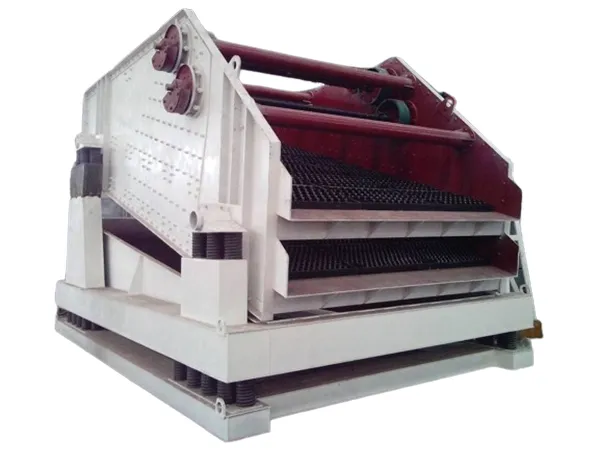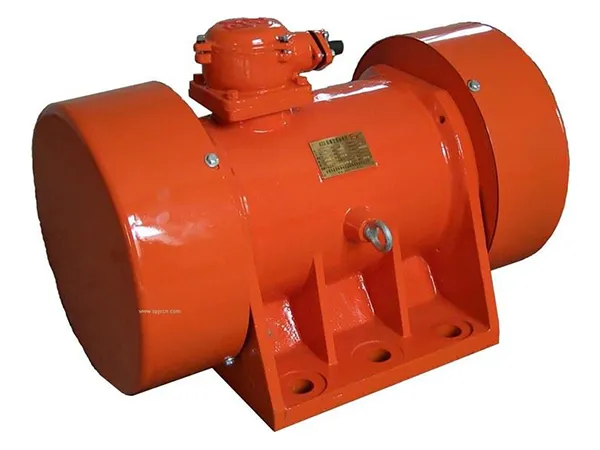time:Dec 14, 2024 source:ZEXCIT
A vibrating feeder is a mechanical device designed to transport or feed materials from one point to another in a controlled and consistent manner, typically within industrial and manufacturing processes. It uses vibration to move materials along a trough, pan, or tube, ensuring smooth material flow for processes such as sorting, blending, weighing, or packaging.
The price of a vibrating feeder varies widely depending on several factors. Here's a general breakdown:

Small Vibrating Feeders (used in lab setups or light industrial applications): $500–$5,000.
Medium-Sized Feeders (for typical industrial applications): $5,000–$20,000.
Large Vibrating Feeders (heavy-duty feeders for mining or large-scale manufacturing): $20,000–$50,000 or more.

Size and Capacity
Larger feeders capable of handling higher loads and larger material sizes cost more.
Capacity is typically measured in tons per hour (TPH).
Material of Construction
Stainless steel feeders (common in food or pharmaceutical industries) cost more than feeders made from carbon steel due to corrosion resistance.
Abrasion-resistant materials increase costs for feeders used in mining and heavy industries.
Type of Drive System
Electromagnetic Feeders: Precise but more expensive.
Mechanical Feeders: Less precise but more cost-effective for heavy-duty applications.
Hydraulic or Pneumatic Feeders: Specialized, often for unique applications, and priced higher.
Application-Specific Customization
Special linings (e.g., polyurethane, rubber) to handle abrasive materials.
Dust-proof or waterproof designs.
Custom feeders designed for specific industries (mining, recycling, food processing) cost more.
Control System
Feeders with advanced automation, remote control, or integrated sensors cost more.
Simple manual systems are cheaper.
Manufacturer and Brand
Reputable or premium brands often charge higher prices due to quality, reliability, and after-sales support.
Local or lesser-known brands might be cheaper but could compromise durability or support.

Installation and Shipping Costs
Larger feeders incur higher shipping and installation costs.
Proximity to the manufacturer can reduce these costs.
Market and Regional Factors
In areas with high demand for industrial equipment, prices may be higher.
Currency exchange rates and import/export taxes may also affect costs.
Recommendation
If you're in the market for a vibrating feeder, clearly define:
Capacity and material specifications.
Type of material to be processed (abrasive, corrosive, sticky, etc.).
Budget and customization needs.
Requesting multiple quotes from manufacturers and comparing features is a smart approach to ensure value for money.
What are the operating steps and precautions of vibrating screen?
Vibrating Screen Exciter Selection Guide

A hopper discharging system, also known as a hopper discharge system or hopper unloading system, is a mechanism used to efficiently and reliably empty or discharge materials from a storage hopper or bin. These systems are commonly used in various industries such as mining, agriculture, manufacturing, and bulk material handling.
READ MORE
A vibrating tube-type feeder, also known as a vibratory tube feeder or tube conveyor, is a specialized type of vibrating feeder used for conveying bulk materials in a tube-shaped structure. These feeders are commonly used in industries such as food processing, pharmaceuticals, chemicals, and plastics, where gentle handling of materials and sanitary conditions are essential.
READ MORE
Coal vibrating feeders are used to convey bulk materials from hoppers, silos, crushers, etc. in a wide range of applications including chemical, coal, foundry, quarrying and steel industries. The coal vibrating feeders produced by our company range in capacity from 100 tons/hour to 2500 tons/hour.
READ MORECopyright © 2023 Xinxiang Zongyuan Machinery Equipment Co., Ltd. | All Rights Reserved.